Looking for an easy way to track website visitors in let’s say your WordPress website? Well, tracking the number of your website visitors can greatly help you get insights to grow your business. And you can even better understand your audience, look at which posts they like, where they come from, how they use your website, and help you tweak their experiences.
Just as we mentioned earlier, in our Unique Visitors article, if you’re a well-polished webmaster, you very well know that nothing is juicier than having unique visitors adding up to your website traffic. And by far, tracking website traffic is one of the most important indicators of your website’s performance. During this exercise, you’ll track website visitors to get insights.
Whereby, more website visitors mean more opportunities for converting them into subscribers and customers. It also unlocks promising insights that you may have missed. Fortunately, with the emergence of new innovative and seamless tools, it’s now easier than ever to record everything your website’s visitors do — all thanks to session recording technology forces.
For instance, with the right tools, you’ll be able to glean into all your website sessions per user. Whereby, session recordings (also called session replays or session playback) capture visitors’ entire sessions on your website — from the moment they open it, to the moment they close it. That said, why does it matter so much? Well, let’s have a look at that and more below.
Why It Is Important To Track Website Visitors For Your Business
We often track website visitors to help capture key information and details about our overall website performance. Any business large or small can benefit from being aware of how customers are behaving on their website. As you try to unlock any promising insights that you may have missed. For example, you can find out which country or city your visitors are from.
As a result, this can help you deliver more personalized content to your readers. Or even figure out which languages you should translate your website in. And when you see which blog post is getting a lot of traffic, you can then try to come up with similar topics to help your users. On that note, below is a tutorial video that talks about the benefits of website tracking.
Equally important, another benefit that’s often seen as you track your site visitors is that of uncovering which source they used to find your website. For instance, did the website users perform a search on Google and then landed on your webpage?
Or maybe they found your brand mentioned in a link on another similar site or platform. This way you can focus your marketing efforts and investment on channels that work. Overall, tracking website visitors can give you very valuable insights.
So that you can:
- Better understand your website visitors – Tracking traffic sources can help you identify your visitor’s geographic location and which channels they use, so you can better understand them and provide targeted messages
- Measure your marketing campaigns – If a campaign is built around driving traffic then you can measure its effectiveness by tracking different traffic sources
- Focus on specific channels for best results – By identifying which channel performed the best in getting visitors to your site, you can focus on it more to get better results
- Find new content topics – People from different channels might be interested in specific topics, so you can discover new content ideas by checking traffic sources for each page
- Identify your website traffic gaps – You can identify which channel doesn’t perform well in attracting visitors, so you can optimize it as relying on a single source can be risky for your site
In addition, website tracking also allows webmasters to optimize their websites to convert visitors into leads. And, depending on the tool you use to track your website visitors, there are many assistance features they’ll provide you with.
Some of them will allow you to:
- Know if your new content is immediately popular.
- Gather information about which social media posts/networks are driving visitors.
- Get real-time insight into how a visitor travels through your website.
- See which products and sales deals are garnering the most attention.
- Real-time notifications if a particular person/company visits your site.
- Analyze and learn more about which pages generate the most sales leads, etc.
In addition, by tracking your site visitors, you can collectively conduct a clean audit of your website. Such as using tracking sources to audit your marketing. Furthermore, you’d want to make sure you’re spending your money where it really counts. So, in other words, tracking your visitors can provide important information about marketing campaigns and web page content.
As a result, you’ll easily learn where to funnel your marketing funds correctly. With the help of analytics that shows you exactly what appeals to the customer. And, as you connect and standardize data from every online or offline source in the likes of the Customer Experience Platform, you’ll get big data. It allows for fast, non-destructive querying, analysis, and modeling.
What A Basic Customer Journey Analytics Platform Can Do For You
First of all, good Customer Journey Analytics (CJA) allows you to see every action in the context of the journey your site customer takes. And in many cases, it’s a service built on experience platforms that lets you join all of your data together. From every channel into a single interface for real-time, cross-channel analysis and visualization.
As a result, this allows you to make better decisions with a holistic view of your business and the context behind every customer action. Secondly, you’ll be able to connect all your customer data together. And, you’ll be able to interactively explore the whole customer journey. While you visualize a customer’s journey across multiple channels sequentially.
As you also put each action in context while enabling cross-channel analysis of things like flow and fallout. In addition to that, you’ll also make it easy for anyone in your business team to effectively use this customer journey data. Whilst, giving anyone in your company who is responsible for customer experience the ability to make data-driven decisions.
Related Resource: How Backlink Management Is Done | A Step-By-Step Guide For Beginners
Particularly, those informed by a complete picture of a customer’s actions. Not only that but you’ll also be able to unlock the power of data science. Whereby, you’ll give normal humans access to data science tools. While, at the same time, allowing them to unlock deeper insights and perform a more powerful analysis. And then lastly, you’ll get value faster.
You’ll also discover insights in minutes instead of days or weeks. In short, Customer Journey Analytics is an Analytics capability that lets you use the power of Analysis Workspace with data from Adobe Experience Platform. It can break down, filter, query, and visualize years’ worth of data, and is combined with the Platform’s ability to hold all kinds of data schemas and types.
Using the Experience Data Model (XDM), data can be uniformly represented and organized, ready for combination and exploration. Experience Query Services allows you to use SQL-compatible tools and frameworks. More so, in order to query and manipulate all your data. With that in mind, to give you a general view, the high-level CJA architecture is shown below:
In a nutshell, the Customer Journey Analytics Platform expands the scope of Adobe Analytics Platform — by offering easy-to-use cross-channel capabilities and removing limitations in previous versions of Adobe Analytics.
Some notable improvements are:
- Unlimited variables and events: The concepts of eVars, props, and events no longer exist. Data is primarily focused on dimensions and metrics. Datasets can have an unlimited number of unique dimensions and metrics.
- Unlimited unique values: Adobe Experience Platform is not constrained to any unique limitations.
- Alter historical data: Using Adobe Experience Platform, data can be removed or corrected.
- Cross-report-suite data: Existing implementations from multiple datasets can be combined in Platform.
By all means, a good Customer Journey Analytics (CJA) Platform is solely attached to existing Business Intelligence (BI) Solutions per se. But, mainly, CJA allows you to track product purchases across channels in a single interface. On one hand, using the integrated product, order, and revenue metrics, you’ll build your analysis with the right metrics in minutes.
You’ll also be able to show which web pages prompt the most call center calls. While, on the other hand, with CJA, you’ll be able to build flow analysis charts for individual segments or customers across channels. It’s also so seamless to create easy-to-use, self-serve data views that update in real-time using CJA solutions. But, how does CJA compare to existing BI Solutions?
Related Resource: Conversion Values Tracking | A Guideline To Quality Website Analytics
There are known instances where Business Intelligence (BI) Solutions get compared with Customer Journey Analytics (CJA) Solutions. Let’s, for instance, consider the Use Case in our comparison. Whereby, you may compare CJA to other existing BI solutions — it acts on comparing orders made on the web, in an app, at a point of sale, and through a call center.
As well as learning why website visitors call customer service. Or even tracking customers from an ad impression to your web visits to in-store visits. Then again, compared to BI solutions, it also allows executives to view Black Friday in-store and online traffic in real-time. On the contrary, let’s consider the Existing Business Intelligence (BI) Solutions — that drive big data.
Usually, they require complicated data science and are quickly out of date. With comparable metrics and analysis taking even weeks to build. And thus, this particular solution is not possible with other modern and newly existing stacks. Not forgetting, at times, the BI Solutions Analysis of Black Friday is not available for executives until days or weeks later.
The Topmost Best Tools To Help You Track Website Visitors
Now that you know why it’s important to track your site visitors, do you run your own website? Well, you can easily see who’s visiting your site right now with some of the best real-time visitor tracking tools. Out there, there are so many tools for live website visitor tracking (a sub-set of web analytics). Uniquely, all these tools give you a way to instantly see user insights.
Such as what people are doing on your website in real time. But, before we dive into the tools to use, there’s a quick note about website visitor tracking on websites you don’t own. And that note is: Any tool that claims to be able to show you live data on third-party websites is not being truthful. Not to mention, some can give you a few clues about the headline visitor numbers.
But, no external tool can see a website’s real-time visitors without the owner’s consent. Even if it’s such a powerful tool like Google Analytics — the most powerful website visitor tracking software on the market. And now that it’s a tool that allows you to see how many visitors you are getting on your site. As well as learn more about what they do while visiting your website.
Related Reference: What Is Website Analytics? The Top 10 Best Tools For Webmasters
Moving on, just like we aforementioned, one of the main goals to track website visitors is to learn more about their behavior. Such tracking can give you a nuanced and detailed view of the entire customer journey. Essentially, which is paramount for improving your site’s UX and conversion rates. Fortunately, there are many tools out there that can help you with that.
Must be remembered, in terms of features, the best user behavior analytics tools come with a mix of quantitative and qualitative analytics capabilities. Including but not limited to session recordings, heatmaps, event tracking, and funnels. This feature set makes them really versatile in marketing, product, UX, customer support, dev, and QA teams in daily tasks.
Besides Google Analytics, there is no doubt about other excellent website analytic packages out there to help you out. Okay, let’s have a look at some website tracking tools that can greatly help you track your site visitor easily and quickly. Tools to help you analyze how users interact with your website — which buttons they click, which pages they visit, where they drop off, etc.
1. Google Analytics
As I have mentioned, Google Analytics is one of the most powerful website visitor-tracking software on the market today. It allows you to see how many visitors you are getting and what they do while visiting your website. But, you’ll need to sign up for a Google Analytics account first. Luckily, you can use any Google or Gmail account to sign up.
Next, you will be asked to provide an account name. And then after that, Google Analytics will ask you to choose your preferred platform. In that case, you can select your website as your preferred tracking property here. Next, you’ll need to provide your website name, URL, country, and time zone. And then after that, you can click on the Create button to continue.
So, to get set up, you’ll need to add a tracking code to your site. Finally, you will be presented with the Google Analytics tracking code to copy and paste into your website. You can manually place the code after the <head> tag on each page you want to track. By doing so, Googlebots will be able to crawl your website and then relay the data into your GA4 dashboard.
Some backends such as WordPress offer plugins that’ll add the code automatically. If you use Real-Time, you will be able to use event tracking to monitor the usage of your site’s mobile app. Or even watch the performance of any promotions you’re running. As well as monitor your goals in line with site changes. What’s more, is that Google Analytics is entirely free to use.
2. Similarweb
Equally important, you can also track website visitors with the help of Similarweb. Backed by the world’s most intelligent and comprehensive view of digital traffic, the Similarweb platform gives you the data and insight you need to win – and win big – online. Access behind-the-scenes analytics for every site online. Use the Similarweb TrafficMeter™ browser extension.
You’ll have easy access to objective traffic data and other insights, as you surf. Reflecting over 10 years of investment, Similarweb’s DigitalRank(TM) is the definitive measure of the digital world — and is relied on daily by leaders like Google, Amazon, and Microsoft. Looking to improve website monetization, attract investors, or discover new partners and channels?
Well, if your answer is yes, you can partner with Similarweb (get accredited), so your public traffic ranking reflects your real-world success. Go on and get your website accredited and give your online reputation a boost.
3. Adobe Experience Platform
Customer Journey Analytics is one capability among many that rely on the Adobe Experience Platform. Several other capabilities, also built on Experience Platform, let you get the most out of your data. Adobe Experience Platform lets you centralize and standardize customer data and content from any system and apply Machine Learning (ML) and data science.
In particular, to improve the design and delivery of personalized experiences. Customer data in the platform is stored as datasets, which consist of a schema and batches of data. Here is Adobe Experience Platform Architecture Overview to gather more. Data Ingestion, direct SQL access, and other Experience Platform components are central to complementing CJA.
Consider the following:
- Query Service: Use standard SQL to retrieve data from Adobe Experience Platform, such as Adobe solution data, customer 1st-party data, or any other Platform data. It is a serverless tool that allows you to join any dataset and capture the query results as a new dataset for use in reporting, Data Science Workspace, or for ingestion into Profile Service. You can use Query Service to build data analysis ecosystems, creating a picture of consumers across their various interaction channels. These channels might include Point-of-Sale systems, Web, Mobile, CRM systems, and so forth.
- Real-time Customer Profile, Identity Service, and the like
- Data Science Workspace in the “developer” option: you can use pre-built artificial intelligence (AI) and machine-learning models in Adobe Experience Platform to influence various points of the customer journey. By unearthing hidden insights, you can make better predictions across the customer journey, suggest recommended best next steps, or automate cumbersome processes.
Customer Journey by Adobe Analytics lets you:
- See the customer in a journey context: You can view and analyze data sequentially, spanning multiple channels. Data from your call center, POS systems, and online properties can be combined into a single reporting view.
- Make insights available to everyone: Democratize data access and let more people make business decisions with data-derived insights. Anyone in the organization with responsibility for any aspect of the customer experience can make real decisions faster, based on more complete data.
- Harness the power of data science for your analysts: Customer Journey Analytics lets normal humans use data science to unlock deep insights and analysis.
- Visualize and interact with your datasets using on-demand reporting: Workspace can use any dataset from Adobe Experience Platform that conforms to some basic rules.
- View non-web data: Workspace is no longer limited to a rigid definition of a ‘hit’ or ‘event’. Custom schemas allow complete control over data and definitions.
- Exert greater control over your data manipulation: Change data that you have uploaded, create datasets, and import them into Workspace. Adobe Experience Platform provides querying, extracting, transforming, and loading tools through the Experience Cloud Query Service.
Tip: If you have been using Adobe Analytics and want to use your Adobe Analytics data in Customer Journey Analytics, see Ingest and use data from the Traditional Adobe Analytics quick start guide as part of the Data Ingestion section.
4. Smartlook
Smartlook is a platform for analyzing user behavior on websites and mobile applications. This tool helps you to analyze how users interact with your website — which buttons they click, which pages they visit, where they drop off, and much more.
It combines four key qualitative and quantitative analytics features:
- Heatmaps Tracking, which shows you where users click, scroll, and move their cursors
- Session Recordings, which show you individual visitors’ entire experience across your website, from opening to closing it
- Event Tracking, which lets you track user actions like button clicks, URL visits, and text inputs
- Funnel Analysis, which lets you monitor users’ journey through key flows, calculate conversion rates, and find drop-offs
This mix of quantitative and qualitative analytics features shows you everything your website’s visitors do. More importantly, it helps you uncover why they do it, so you can improve their experience and your conversion rates.
5. Crazy Egg
Crazy Egg is a conversion rate optimization (CRO) and behavior analytics tool. It offers heatmaps, user (session) recordings, A/B testing, and features for tracking ad traffic on your website. Unlike Smartlook, Crazy Egg doesn’t capture every user session on your website. Instead, it samples your traffic, and you have to manually choose the rate at which the sampling happens.
6. Mouseflow
Mouseflow is a behavior analytics platform that helps optimize the customer experience. You can build six types of heatmaps for all pages automatically and set up funnels to find out where users drop off. In the same platform, you can also use form analytics to improve lead generation and launch feedback campaigns to learn more from visitors.
Mouseflow helps you contextualize behavioral data and test results using replays, visualizations, and feedback. You can catch bugs before they spread and also prioritize feature updates. With A/B testing, you can find out what tipped a winning test. This tool integrates with major business platforms such as Hubspot, Optimizely, WordPress, and Google Analytics.
7. Mixpanel
This web analytics tool tracks customer journeys and gives insights into customer behavior. Using Mixpanel, you can convert more leads into customers, generate custom reports, and build funnels. You can also view top user flows, create cohorts and automate workflows. Other features include audience targeting, A/B testing, conversion tracking, and data visualization.
Admins can build custom dashboards, receive update alerts and monitor KPIs. By digging down into the data, they can learn which features are popular, identify power users and find out what leads to long-term retention. What’s more, it’s good to note that this tool also integrates with major business platforms such as AB Tasty, AWS, and Convert.
8. FullStory
By definition, FullStory is a digital experience analytics platform that helps businesses track and monitor user activity. For your information, everything is indexed automatically, from clicks to page transitions. Entire teams can collaborate to analyze the data and make informed business decisions. Session playbacks provide a complete view of the customer’s journey.
Using this unique tool, admins can inspect customer activity, identify rage clicks, and create funnels. Other features include click maps giving detailed page insights, plus the ability to pinpoint dead clicks. After all, this tool also seamlessly integrates with business platforms such as Gravity Data, Survicate, Workato, and Productboard.
Other tools:
- Ahrefs
- SEMrush
- Amplitude
- Ubersuggest
- Yandex Metrica
- Baidu Analytics
- Optimizely
- Leadfeeder
- Kissmetrics
- FoxMetrics
- SE Ranking
- Statcounter
- LogRocket
- Matomo
- HubSpot
In addition to the list above, you can also consider other additional newcomer tracking tools.
Such as:
Whether you’re trying to build a low-cost marketing automation stack or trying to get personalized information about who’s visiting your website, the tools here provide a variety of options beyond what you get from Google Analytics.
What You Should Know About Traditional Analytics Tools
These tools provide an aggregate view of your site’s traffic, with a focus on stats and metrics like sessions, bounce rate, time on page, and more. While they lack qualitative analytics features (like session recordings and pop-up surveys), they have many useful reports and dashboards for analyzing website traffic, uncovering how visitors come to your site, etc.
As well as visualizing Key Performance Indicators (KPIs), and much more. Similar to behavior analytics tools, most traditional analytics tools are set up by installing a code snippet. However, more advanced tools (like Kissmetrics) have a complicated setup that requires an understanding of their data model and usually — programming skills.
Typically, website analytics tools are used by marketing and product teams to analyze campaigns and get anonymized audience insights. In other words, these tools help you understand who visits your website, and the user interaction.
For example, you can collect data like:
- Traffic: find out how many people view your website, where they are from, and if they are new or returning users
- Time on page: see how long visitors spend browsing your most important pages
- Bounce rate: learn how many visitors leave your website after visiting a single page
With this information, you can start to optimize your website performance and make significant improvements. But, there is a caveat! Eventually, you’ll reach the point where traditional analytics data won’t be enough to really understand your visitors.
And the majority of analytics professionals we polled for our survey agreed — Google Analytics and equivalent tools don’t help them understand why customers do what they do. This brings us to our next point… At times, there are some web-based analytics data that traditional web analytics tools — like the ones we mentioned above — won’t tell you.
In most cases, such web analytics tools will give you a useful and comprehensive log of what happens on your website, yes. But, there are some questions they cannot answer on their own.
Such questions may be based on things like:
- what your visitors were looking for when they landed on your website,
- how they feel about your website and experience as they browse through its pages,
- which information is missing or whether your visitors left happy after finding what they needed,
- if your visitors left frustrated after getting stuck somewhere or not, and much more.
This is where complementary behavior analytics software can help you paint a clearer picture and understand how visitors experience your website. At all costs, with tools like heatmaps and session recordings (more on this later), behavior analytics tools add a qualitative dimension to the information you collect from tools like Google Analytics and the like.
Especially, to get answers to those magic wand questions that web analytics alone can’t answer. But, what should you do to get the best results? Well, instead of seeing traditional analytics tools as giving you two distinct datasets (quantitative traffic data and qualitative UX data), you’ll get a lot more out of both if you learn how to combine them for greater effect.
What You Should Know About Behavior Analytics Tools
Talking about behavior analytics tools, Hotjar is a very good example to borrow some ideas from. One thing is for sure, it’s a very popular heatmap and session recordings tool that also offers user feedback and on-site survey features. Additionally, it’s also a beginner-friendly tool for web-based business owners, marketers, product managers, and UX professionals.

Be that as it may, the only downside of this tool, which has been discussed in a certain Hotjar Alternatives article, is the fact that it no longer has funnel analysis features. But, it still offers some of the most important tracking features. For example: First, use quantitative data — like page views, bounce rate, or session duration — to identify problem pages.
And then, find your best-converting content Thereafter, add a behavior analytics tool to collect qualitative information, and understand the user behavior behind the big numbers. Using both quantitative and qualitative data, you’ll know more about why users leave without converting and will be able to identify which changes and improvements to make to your site.
Such a behavior analytics tool helps you collect and analyze user behavior on your website by giving you visual cues about visitor clicks and browsing activity, and by allowing you to get direct feedback on the user experience (UX). That said, below is a list of some of the other topmost behavior analytics tools that came up in our web analytics survey, in order of popularity:
By conducting your website analytics, you can measure the Lifetime Value (LV) for users acquired through your different analytics channels. The LTV Report lets you understand how valuable different users are to your business based on lifetime performance. Basically, LTV is an estimate of the average revenue that a customer will generate throughout their lifespan.
This ‘worth’ of a customer can help determine many economic decisions for a company. Including marketing budget, resources, profitability, and trade forecasting. It is a key metric in subscription-based business models, along with recurring revenue.
What To Know About The New (ish) Cookieless Analytics Tools
Privacy-focused analytics is a relatively new category that addresses two customer concerns that came up during our survey: privacy, and feature bloat. Below are three simple, cookieless, and privacy-focused analytics tools to try:
When we asked 2000+ experts about their biggest challenges with traditional website analytics, their second most common issue was that the volume of data and options was overwhelming. Privacy concerns also popped in the ‘other (please specify)’ field, so we think both are worth addressing. As an illustration, there is this state of web analytics reports to note.
Whereby, we asked 2000+ professionals to name the web analytics tools they currently rely on. And then we closely looked at the results they provided. Including the top 9 traditional analytics tools, and the 8 most popular behavior analytics tools that you can feel free to have a look at. Plus, in this article, there are 3 new(ish) cookieless analytics options for you.
Related Resource: Why Client Onboarding is Important for a Business Success
Forthwith, as you know, any blogger or site owner worth his or her salt will tell you how essential it’s to know if your site is performing well or not. But, first, you’ll have to know what is working, what isn’t, — what trends will make your site the next “must-read” stop for visitors each day. As such, the only way to effectively do this is to have a good statistics package.
However, figuring out which package is best for your site can be tricky. Not until your site starts earning some revenue, you’re best starting off with something free. Then, as your site grows, you may want to pay for a few more features. And if you’re really lucky, you’ll start off with a free package that can grow with you, and it may be the only package you’ll ever need.
Summary Thoughts:
Overall, acquiring visitors to your website or even an application platform can be an expensive proposition in today’s competitive business world. So, it makes sense to make the most of every click. Yet, it’s all too easy for visitors to slip through the cracks. Small design issues that developers overlook can cause people to become confused, hesitant, or lost.
Over time, this adds up to a catastrophic loss of opportunities, prospects, and sales. User behavior analytics tools fix this problem by giving detailed insights into how visitors interact. That being said, user behavior analytics tools are software applications — they are usually designed to collect and analyze data related to user behavior on digital online platforms.
Like websites, mobile apps, and other software systems. Typically, these tools use various data collection methods, such as tracking clicks, page views, and user interactions — to help webmasters, website designers, application developers, and web-based business owners alike — to have a way they can easily identify patterns and trends in user behavior.
Generally speaking, most user behavior analytics tools provide valuable insights into user behavior. Including how users navigate through digital platforms, what actions they take, and what features they use the most. As such, these insights can help organizations to make data-driven decisions, improve the user experience, and ultimately drive business growth.
Other More Related Resource Reference Topics:
- User Interface (UI) Design Best Futuristic Webdev Practices
- Why User Experience (UX) Design Matters | Plus Best Practices
- Who Are Citizen Developers? 5 Benefits & Steps To Become One
- No-Code & Low-Code Development Platforms | Webmasters Guide
- PageSpeed Insights (PSI) Tool For Better Web Experience Evaluation
- Core Web Vitals | The Top #9 Key Tools For Overall Site Performance
- Using GTmetrix For Website Performance Testing & Monitoring
- How To Track Phone Location Or Someone | Best Ways & Apps
That’s a wrap! With that in mind, the list above covers our topmost best (both free and paid) solution tools to help you track website visitors. Whilst, allowing your website to hit the ground running for the best user experience. Hopefully, some of these insights from this guide and the tools listed herein will show you just what a success your website really can be.
But, of course, there are so many other new and well-established web analytics tools that have dozens of features you won’t find elsewhere. Specifically, some of them are even custom-designed to fit your unique needs. Such as recognizing which businesses are visiting your website, monitoring your business or brand mentions throughout the Internet, and the like.
So, have you used any of the tools listed above to track website visitors for your business? If Yes, which one of them did you find to be more useful? Please, do let us know some of your thoughts in our comments sections. All in all, if you’ll need more support, you can Contact Us and let us know how we can help you. Until the next one, thanks for your time, and welcome!
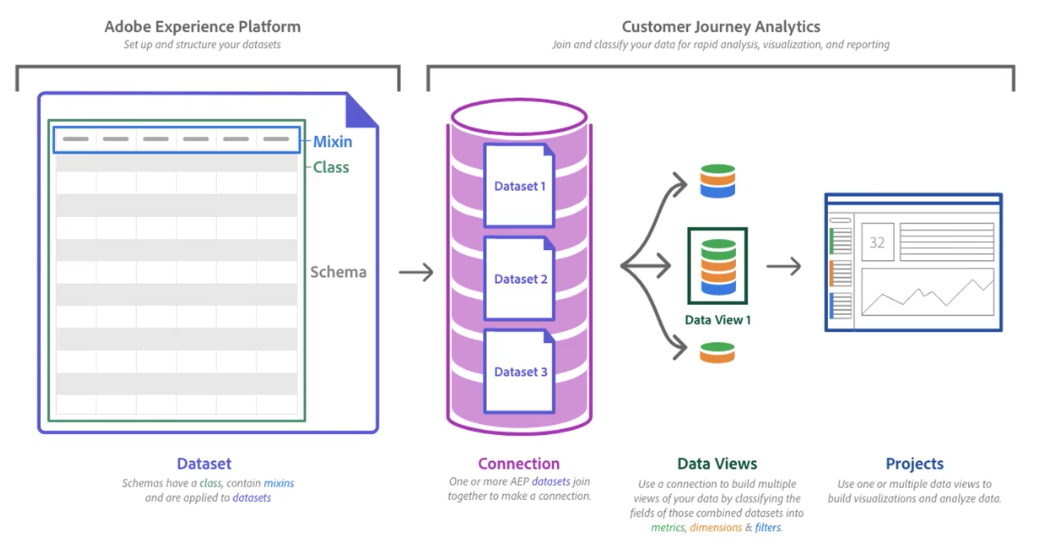
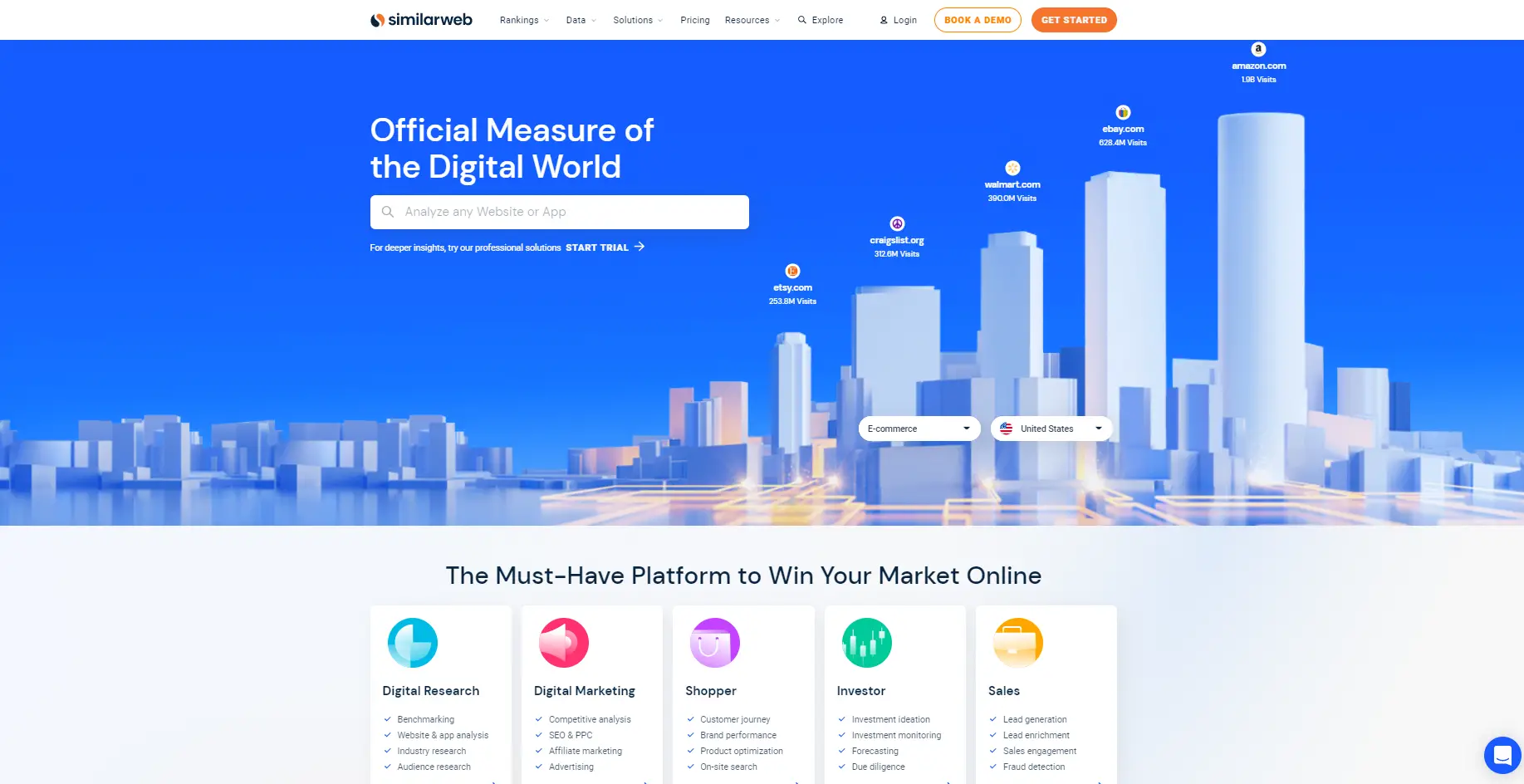
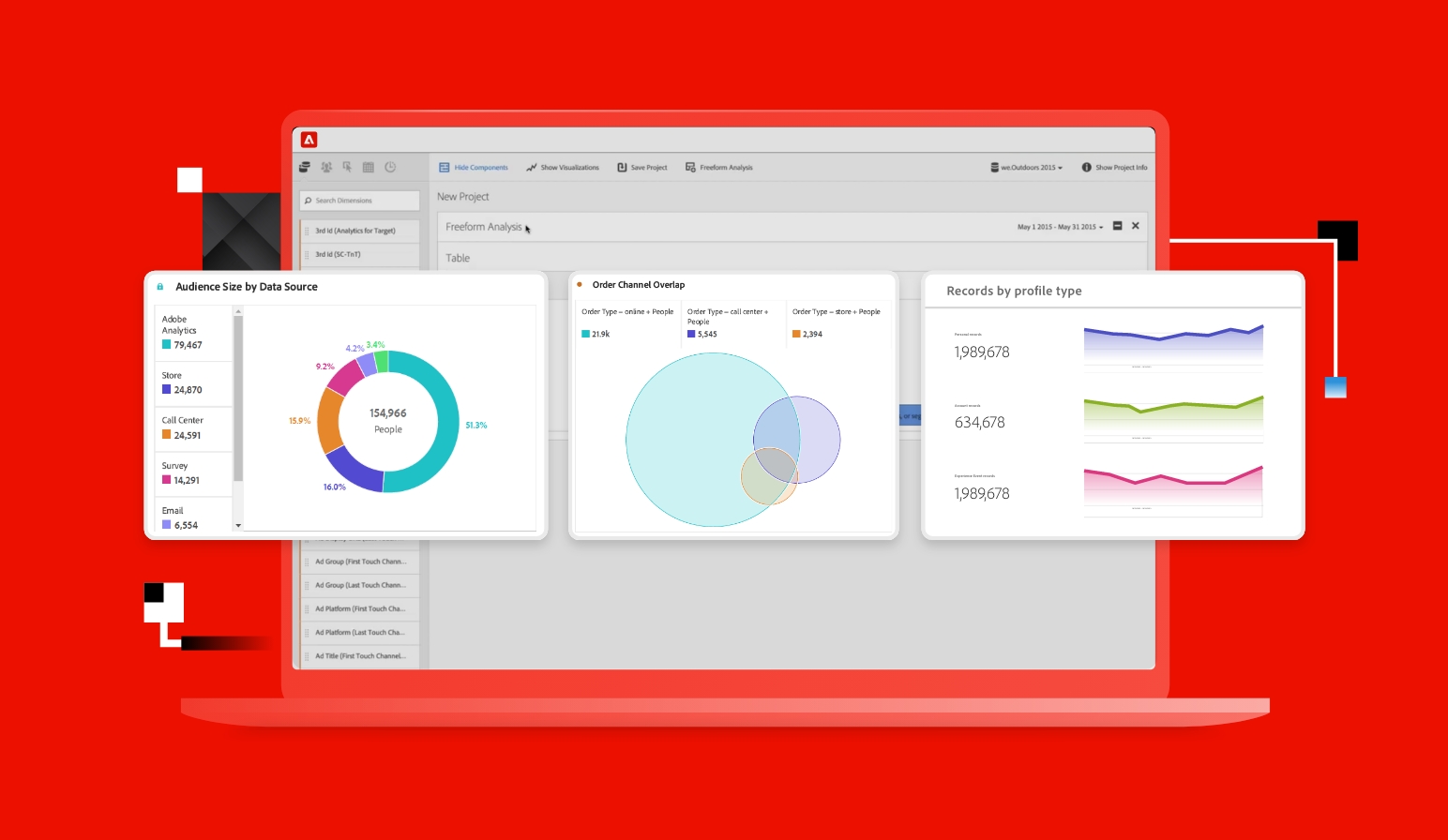
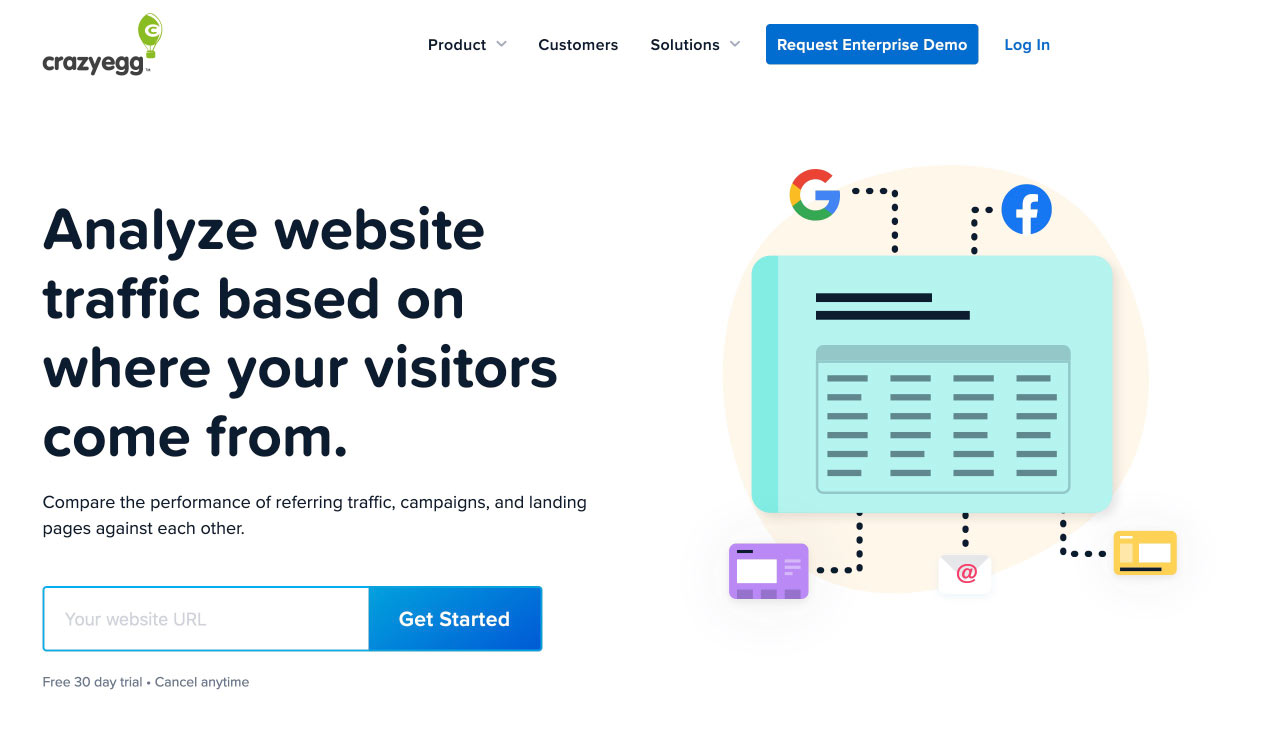
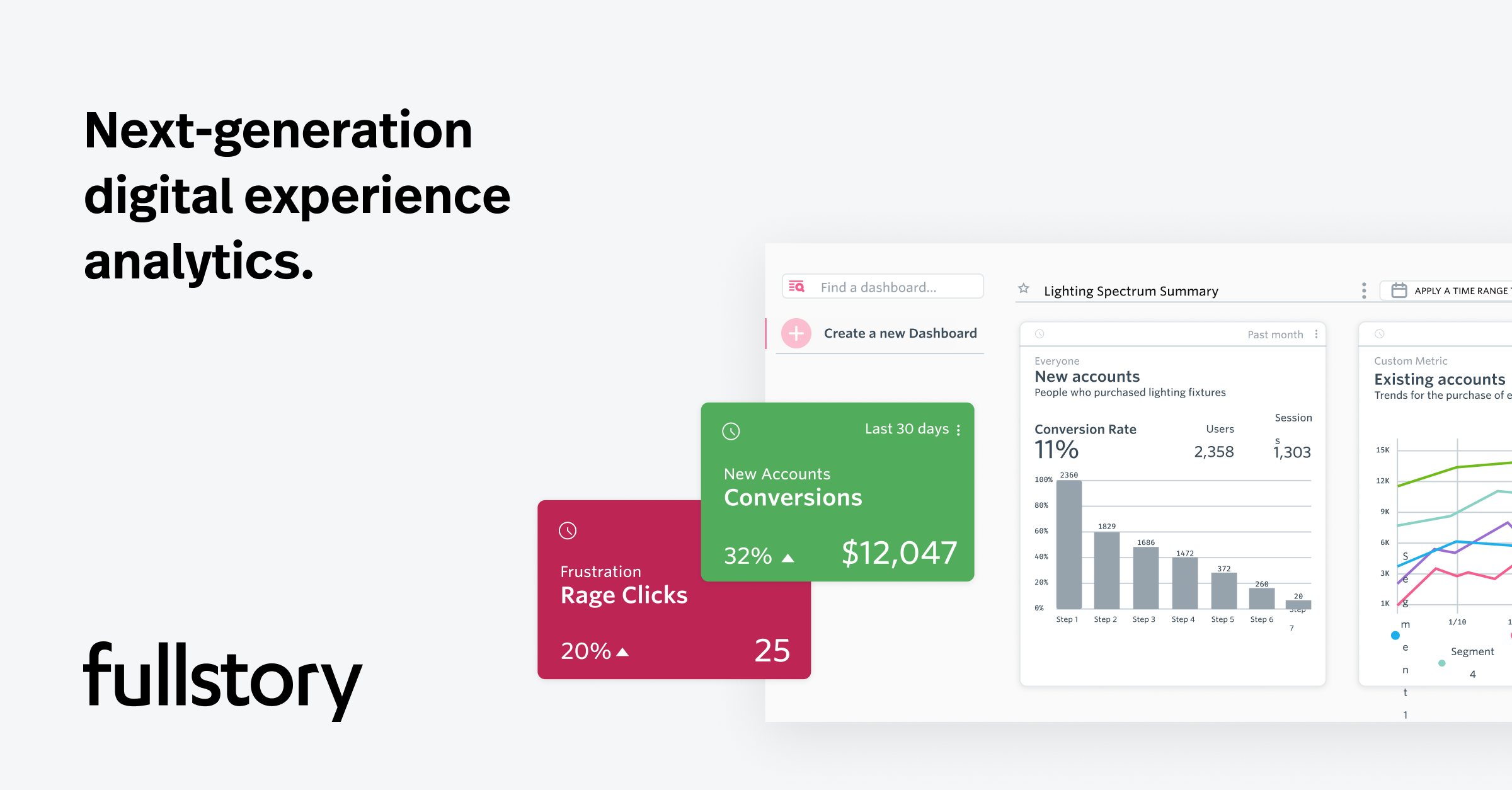
This withdraw GTA 5 Online Author takes asset of a programming flaw in the
gritty that allows for oceanic adding of slaveless GTA 5 Money and RP on users accounts.